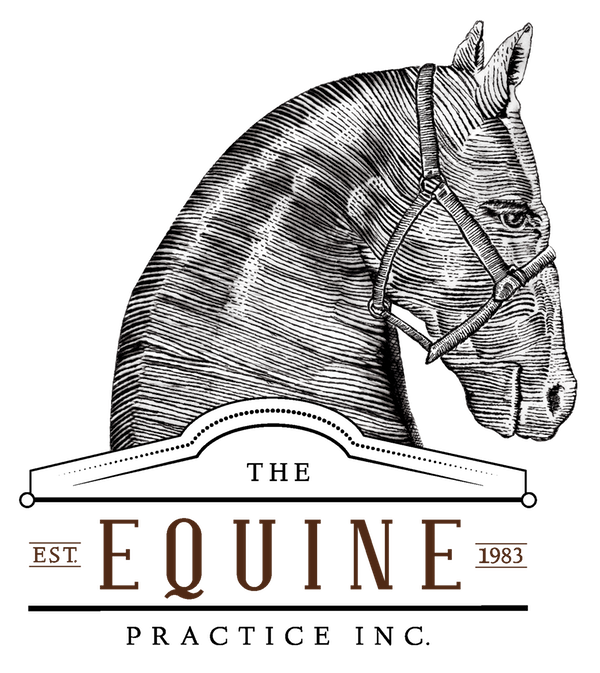It is with a sad heart I write this blog about the professional decay in my profession of equine veterinary medicine. The story told here is true as it was told to me today by a a very kind and generous man I’ll call Jay (not his real name). He is almost 80 years old, lives with his wife on a gorgeous and well maintained farm with 2 old horses. One is 26 years old and the other is 35. He recently lost one to a colic that most likely required surgery.
This is not about the wonderful and talented veterinarians serving many of the horses in cities throughout America and other countries. Most are dedicated men and women working hard to help horses live a good life. Though I disagree with many with their theories and approaches, they still have a fundamental desire to help the horse. But this wasn’t the case for Jay the night of the colic.
There is a disparity being created by a variety of forces that is leaving so many horse owners without options for the care of their horse. The primary force is money followed by an educational system overwhelmed by technology while turning their back on the fundamentals of horse handling and application of the basic veterinary techniques. While not new, the veterinary schools are getting further away from selecting qualified talent with horses but closer to a qualified intelligent person able to learn new technology and theory.
But even worse is the lack of interest of many veterinarians to serve horse owners due to financial business decisions, burnout or both. On this note it is interesting to see the parent veterinary organization commit valuable convention time to the subjects of improving the quality of life and even the growing problem of suicide amount my colleagues. In fact suicide and drug addiction is at an all time high they say though I’m not sure of the numbers.
The Story
The 26 year old horse of Jay’s showed signs of colic. He spent 4 hours calling 3 horse vets trying to find one willing to come to his beautiful but rural farm.
The first vet was the one who in the past had attended to his horses. They even go to the same church. This vet said he would not come to help Jay’s horse because he took his dogs and cats to another small animal only vet. He would only come if Jay agreed to have him perform all the work on all of his animals. I can’t help but to wonder if my work on the horse teeth may have added to the problem. I have had clients call to tell me that they can no longer use me because of this extortion.
The second vet Jay called told him that she no longer enjoyed working with horses. What?!? Why was she ever a horse vet? Was this burnout or was she becoming more afraid? Whatever it was, it wasn’t helping Jay and his horse.
The third vet was a recent graduate I assume. Jay called him a nice young man. After medicating the horse, he spent the next hour attempting to pass a stomach tube. He made two trips to the water trough to use in his tube manipulations, never gave any of the mineral oil in the jug next to his pail and created a very bloody nose which he assured Jay was nothing to worry about.
I asked about the rectal results. Jay said no rectal was done. I asked what the heart rate was. Jay said he was never told.
The horse was left in the pasture that night where he died.
Where does the blame lie? What is the problem and is there a solution? The comment section of this blog I’m sure will fill with stories, debates, finger pointing and solutions. I have thought about this for a long time. I have written about it before. However, like all decay, damage is usually permanent and not reversible. This is what saddens me the most that the profession I chose is no longer what it was. It has left me and other older horse vets wondering about the future of our profession. It has left many horse owners living in the rural areas wondering the same. And then there is the other hidden fact that about 90% of the world’s horse, ass and mule population is outside of America with Ethiopia holding the largest population. But in our own back yard, shouldn’t we expect more?
Siegfried Farnam was the owner of the vet practice in the Yorkshire Dales where the famous books of the James Herriot series took place. He gathered James and his brother, also a vet, into the study where he admonished the two for not going to a call. He put it simply with the emotion of insistence and the wave of the finger. “You must attend. You SHALL attend!!” It is the words I have always lived by and maybe it is a place to start.



